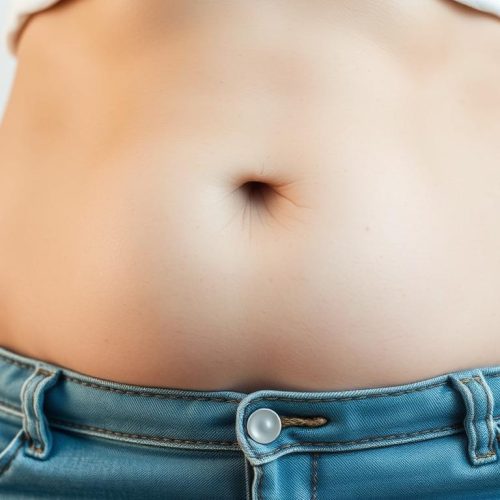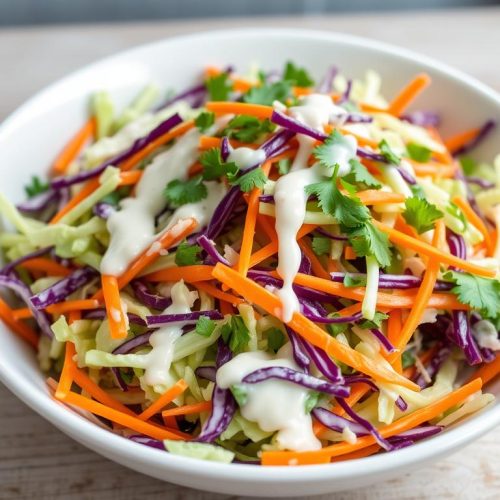Maintaining a healthy and balanced diet is a goal that many individuals strive for, especially those looking to shed a few pounds or improve their overall well-being. One popular approach to achieving this is through a low-calorie diet, which focuses on consuming foods that are not only nutritionally rich but also low in calories.
These foods include fruits and vegetables such as berries, leafy greens, and cucumbers packed with vitamins, minerals, and fiber. Additionally, lean proteins like chicken breast and tofu are excellent choices as they provide essential nutrients while keeping calorie intake low.
Incorporating these foods into your daily diet can not only help you reach your weight loss goals but also promote a healthy lifestyle overall.
In this article, we’ll explore the top 10 high-volume, low-calorie foods that will not only fill you up but also contribute to your overall health and weight management.
Why Low-Calorie, High-Volume Foods Keep Us Full
High-volume, low-calorie foods keep us full because they take up more space in our stomachs without significantly adding to our calorie intake.
This means that we can eat a larger amount of these foods without consuming excessive calories. Furthermore, these foods often have a high water content, which adds to their volume and helps keep us hydrated.
The combination of larger portion size and increased hydration helps to create a feeling of fullness and satiety, making it easier to control our appetite and avoid overeating. (QuillBot)
In addition, foods high in fiber, such as fruits, vegetables, and whole grains, also contribute to feelings of fullness. Fiber takes longer to digest, keeping us satisfied for longer periods of time.
Moreover, these foods help regulate our blood sugar levels, preventing spikes and crashes that can lead to cravings and overeating. Incorporating various filling foods into our diet can lead to a healthier, more balanced approach to eating and weight management.
Below we look at some of the best high volume low calorie food to fill you up.
1. Leafy Greens
Looking for a high-volume food that is both delicious and healthy? Look no further than leafy greens like kale, spinach, bok choy, and lettuce. They are packed full of nutrition that can easily replace other components in your meals and help cut back calories without losing flavour!
Try swapping half the rice in your sushi with spinach or cucumber, or opt for low-carb lettuce wraps as an alternative to high-carb tortillas and hamburger buns – the possibilities are limitless!
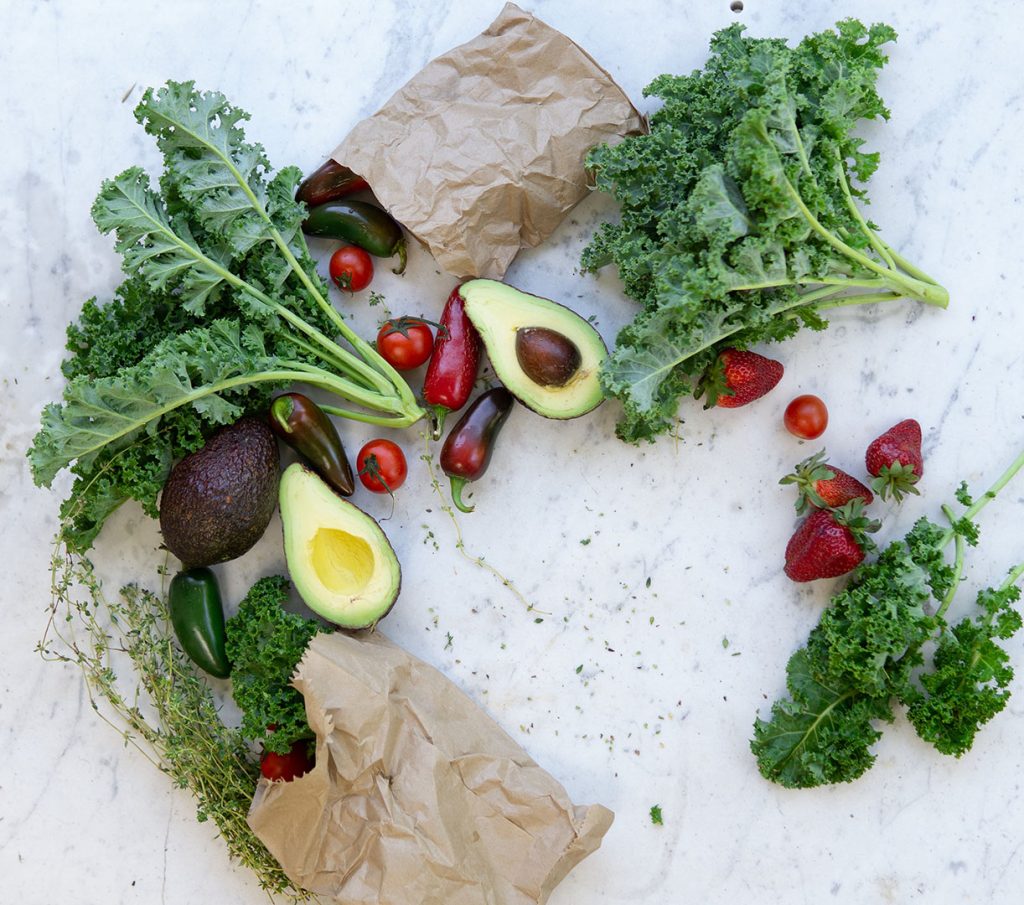
Leafy greens make an excellent base for satisfying salads, whether for lunch or light dinner. Mix and match different ingredients until your dish or bowl contains at least half leafy greens as a base – then balance it out with 25% protein and 25% fibre-rich carbs to complete your plate or bowl!
To keep your salads on the healthier side, be mindful when selecting your salad dressings, nuts, cheeses and dried fruit. A drizzle of balsamic and olive oil can add zest without packing on additional calories.
Next time you want to add nutrition and healthiness to your meals try including leafy greens. Your taste buds and body will thank you! Overall, including leafy greens in your diet can provide numerous health benefits and contribute to overall well-being.
2. Cucumbers
Cucumber is a fruit with a high water content that offers numerous health benefits, such as helping lower blood sugar, preventing constipation, and supporting weight loss. Consuming cucumber with its peel can increase its nutritional benefits to maximize them; although often mistaken as vegetables, cucumber is actually low-calorie and abundant with essential vitamins and minerals such as Vitamin C, K, magnesium potassium manganese.
With its 96% water content, it also promotes hydration while peeling decreases both fiber content as well as certain vitamins and minerals. To maintain maximum nutritional benefits it’s wise to eat cucumber with its peel intact as peeling reduces fibre as well as certain essential vitamins and minerals that might otherwise exist within it – particularly since peeling can decrease fiber as well as certain vitamins containing nutrients found within.
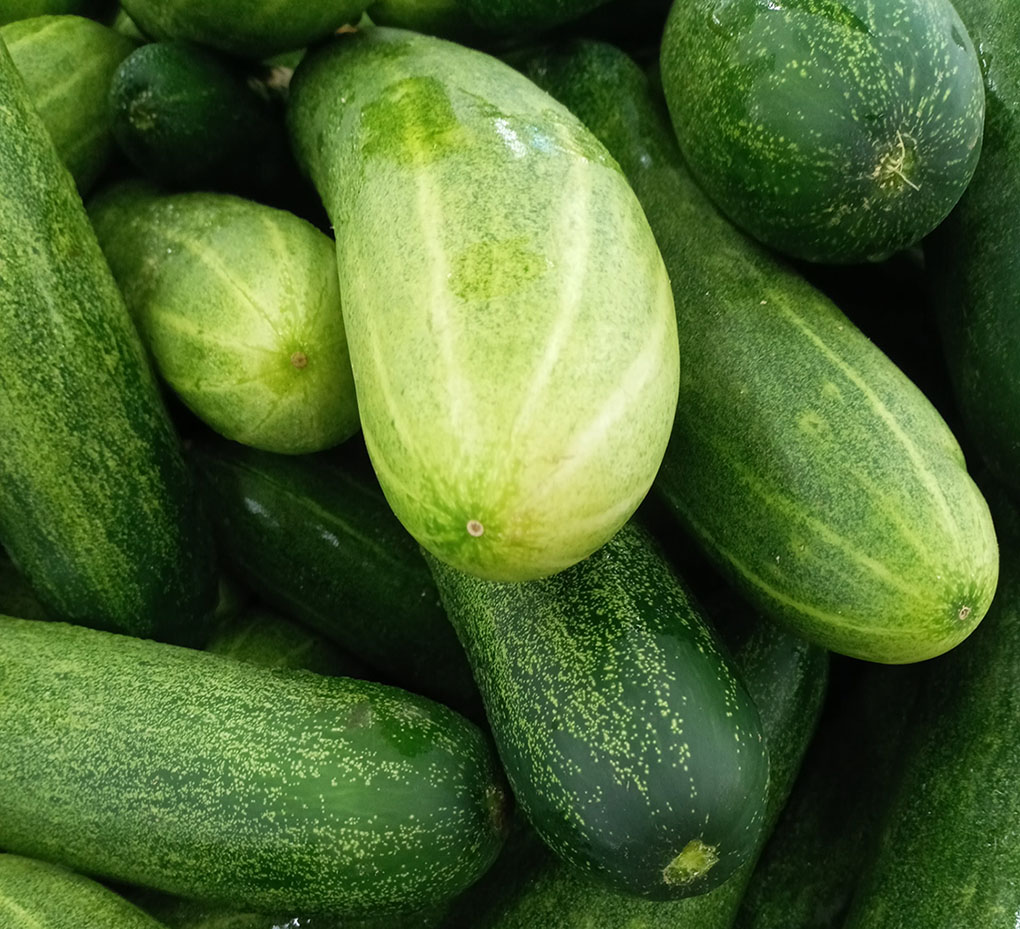
It’s High in Nutrients
Cucumbers are not only low in calories, but they also pack a nutritional punch with a rich array of vitamins and minerals.
A single cucumber weighing 11 ounces (or approximately 300 grams) offers the following nutrients and goodness.
- Calories: 45
- Total fat: 0 grams
- Carbs: 11 grams
- Protein: 2 grams
- Magnesium: 10% of the RDI
- Fiber: 2 grams
- Manganese: 12% of the RDI
- Vitamin C: 14% of the RDI
- Potassium: 13% of the RDI
- Vitamin K: 62% of the RDI
3. Broccoli
Broccoli is an awesome cruciferous veggie that’s packed with vitamins, minerals, and fiber. Plus, it’s low in calories! With its high carb low-fat ratio, it’s a satisfying choice for peeps watching their calorie intake. Steam it, roast it, or sauté it to keep all the good stuff and make it taste even better. Enjoy!

You can also enjoy broccoli raw in salads or as a crunchy snack. Additionally, incorporating broccoli into stir-fries, soups, or pasta dishes can add a nutritious and flavorful element to your meals. With its numerous health benefits and culinary versatility, broccoli is a fantastic addition to any diet. Not only is broccoli low in calories and high in nutrients, but it is also rich in fiber, which aids in digestion and helps to keep you feeling full.
This combination of being both filling and low in calories makes it an excellent choice for those looking to maintain or lose weight. Furthermore, broccoli is packed with vitamins and minerals such as vitamin C, vitamin K, and potassium, making it a nutritious addition to any meal.
4. Berries
Berry foods like blueberries, raspberries, blackberries, strawberries etc are packed full of water and fiber which helps you feel full for longer. In addition, their sweet flavors provide a healthy alternative when cravings strike!
Berrys are packed with antioxidants and nutrients, making them the ideal high-volume food to include on a low-calorie diet! Plus, their colourful skin adds beauty and taste – enjoy an assortment of rainbow berries to add natural flavour and sweetness to meals and snacks throughout your day! Wai Noxtools can help keep you on track with your health goals!
Visit us now to discover how we can assist in reaching your goals and providing your body with essential nutrition!
Be safe out there picking your berries! Happy Berry Picking! 🙂
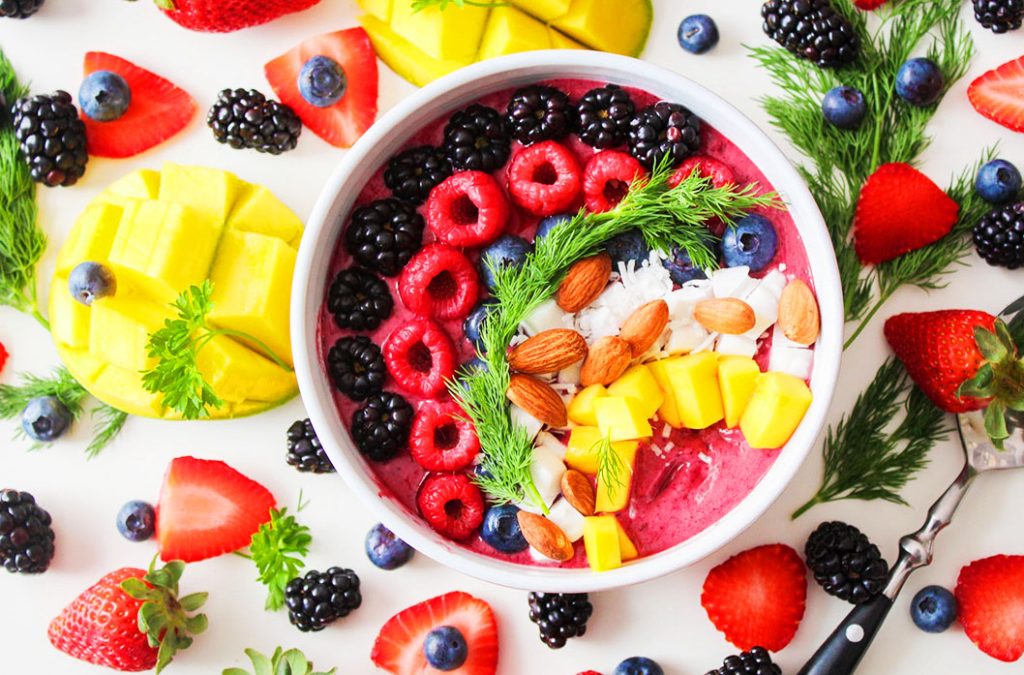
Whole grains like quinoa, brown rice, and oats are carb-rich and low in fat. Use them as a meal base or side dish to boost carb intake without increasing fat content.
5. Chicken Breast
If you’re looking for a low-calorie meat option, you can’t go wrong with skinless, boneless chicken breast. Not only is it lean and high in protein, but it’s also incredibly versatile in the kitchen. Enjoy the benefits of this low-calorie meat while indulging in its culinary flexibility.
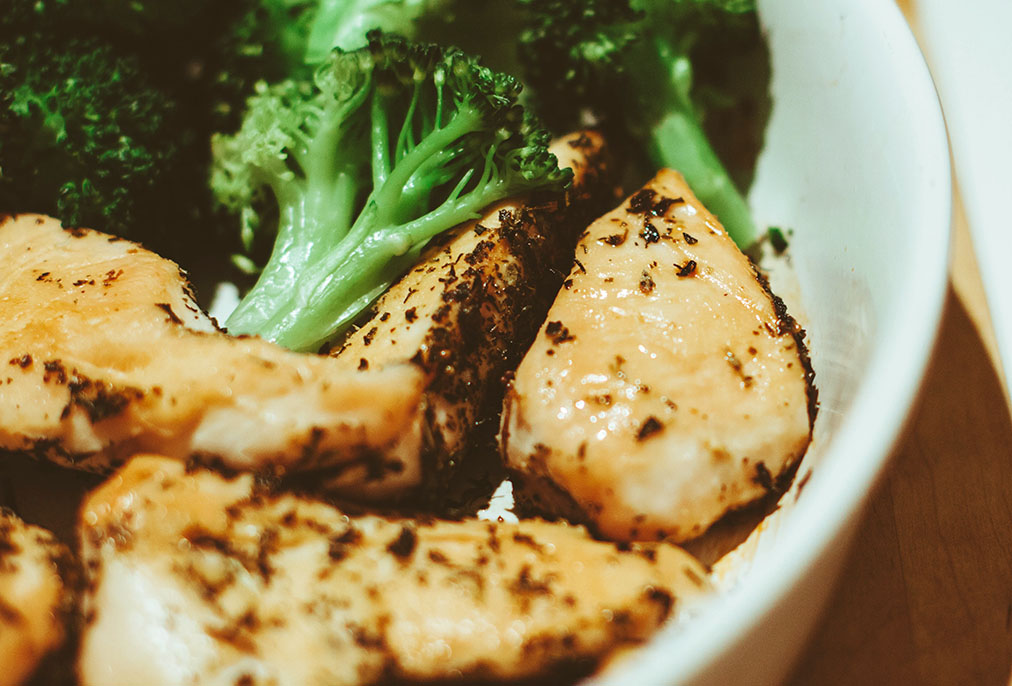
Chicken breast is a versatile protein source that can be enjoyed in a variety of ways – grilled, baked, or poached. It is a healthy option that provides essential nutrients for muscle health and is an ideal choice for anyone looking to maintain a healthy weight or even lose weight. Compared to other cuts of meat, chicken breast is low in calories and fat, making it a great addition to any diet plan.
Not only is chicken breast low in calories, but it is also low in fat compared to other cuts of meat. This makes it an ideal choice for anyone looking to maintain a healthy weight or even lose weight.
Plus, the high protein content helps to keep you feeling fuller for longer, reducing the urge to snack on unhealthy foods. Incorporating chicken breast into your regular diet can be a delicious and nutritious way to meet your dietary goals.
6. Lentils
These low-calorie Foods are a fantastic source of plant-based protein and are low in calories, making them a staple for those on a low-calorie diet.

Lentils are packed with fiber, helping promote feelings of fullness while supporting digestive health. From soups and stews to salads, lentils can add heartiness and nutrition to meals. Explore EatFitPlan’s delicious lentil dishes today – you won’t be disappointed! Our easy-to-follow recipes range from traditional dahls to Lentil Bolognese; all are sure to satisfy. Not only that! Plus they contain essential vitamins and minerals as well as ample protein for muscle building! Eating well has never been this simple – give our tasty lentil dishes a try now!
Brand Voice: Eating well has never been simpler with EatFitPlan’s delicious lentil recipes! Our easy-to-make dishes offer ample nutrition benefits while tantalizing your taste buds – giving your body what it needs while tantalizing your palate! From traditional dahls to Lentil Bolognese, our lentil recipes provide hearty yet nutritious additions to meals ranging from traditional dahls Lentil Bolognese – giving your body essential vitamins, minerals, and protein for muscle building when prepared as breakfast, lunch, or dinner dishes made by EatFitPlan!
.
One great way to incorporate lentils into high-volume meals is by adding them to soups and stews. Lentils have a thick and hearty texture that can help make these dishes more filling without adding a lot of extra calories. You can also toss cooked lentils into salads for an added protein boost.
7. Zucchini
Zucchini is a nutritious vegetable that’s low in calories yet packed full of nutritional benefits, ideal for adding volume to any dish you cook with it. From “zoodles” as an alternative to pasta to adding it into stir fries and casseroles for some added variety and reduced calorie count – zucchini’s mild flavor easily blends with other ingredients while contributing minimal Overall caloric intake!
Make zucchini your own in your recipes today to maximize its healthful benefits and take full advantage of this powerhouse vegetable! Eat Fit Plan is here to support and motivate success through nutrition-packed plans full of nutritious food and beverage recommendations designed specifically to fuel success with ease – we help fuel you every step of the way!
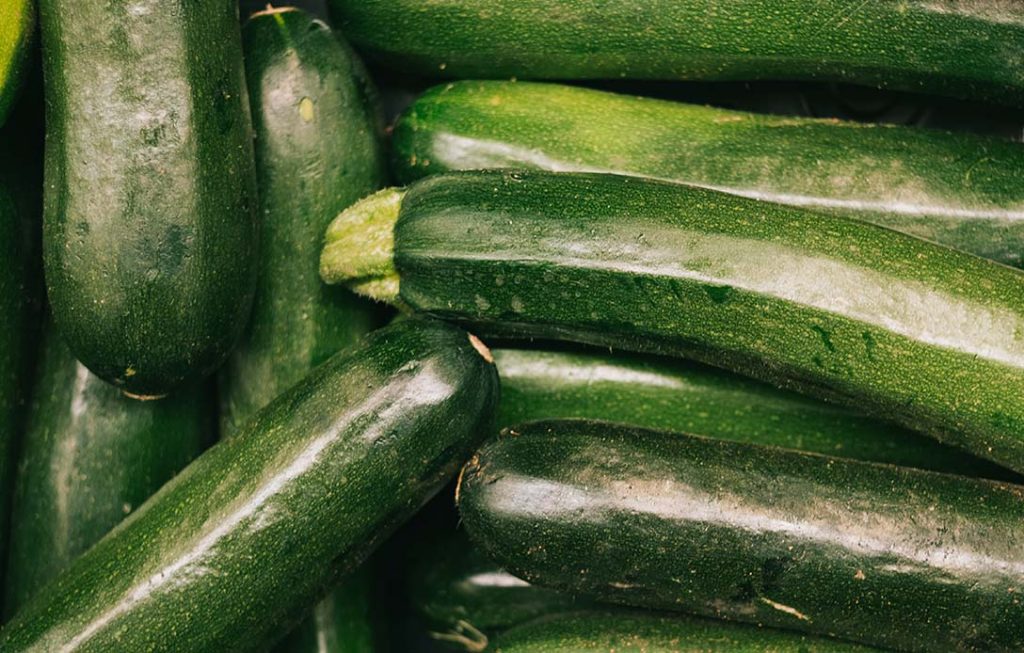
Another popular way to enjoy zucchini is by grilling it and adding it to sandwiches or burgers for an extra crunch. Additionally, zucchini can be stuffed with a flavorful mixture of ingredients such as cheese, breadcrumbs, and herbs and then baked for a delicious and healthy appetizer.
Whether you sauté, roast, or grill it, zucchini is a versatile vegetable that adds both nutrition and taste to your meals.
8. Popcorn
Popcorn, when prepared with minimal butter or oil, can be a gratifying and low-calorie snack. Its generous volume and fiber content make it an excellent choice for satisfying hunger pangs between meals. For a delectable guilt-free treat, air-pop your popcorn and season it with herbs or nutritional yeast.
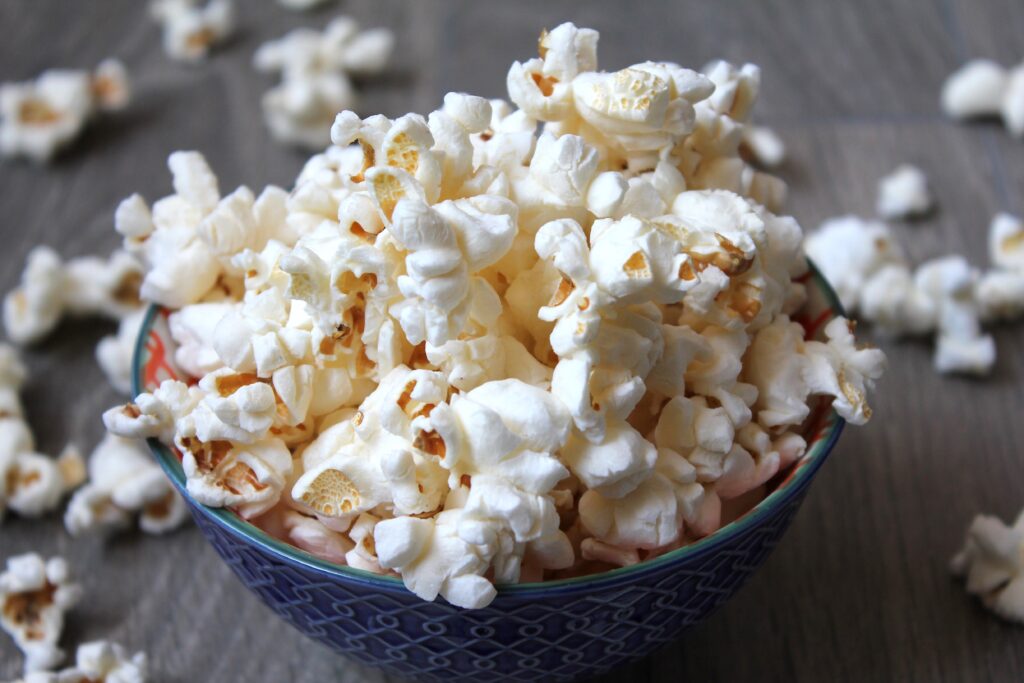
However, according to Rachael Link, a registered dietitian, baked potatoes can be an essential part of a nutritious diet wrote in an article for Healthline.
Additionally, popcorn is a whole grain, providing a good source of complex carbohydrates and essential nutrients. It is also a gluten-free snack, making it suitable for individuals with dietary restrictions. Whether enjoyed at the movies or as a light snack at home, popcorn offers a tasty and healthy alternative to other calorie-dense snacks.
9. Cabbage
Cabbage, a cruciferous vegetable, is an incredible nutritional powerhouse – low in calories yet packed with fiber. Cabbage can add satisfying volume without increasing caloric intake, perfect for coleslaw, sauteing to perfection, or adding to hearty soups. Plus, its many vitamins and minerals promote overall wellness!
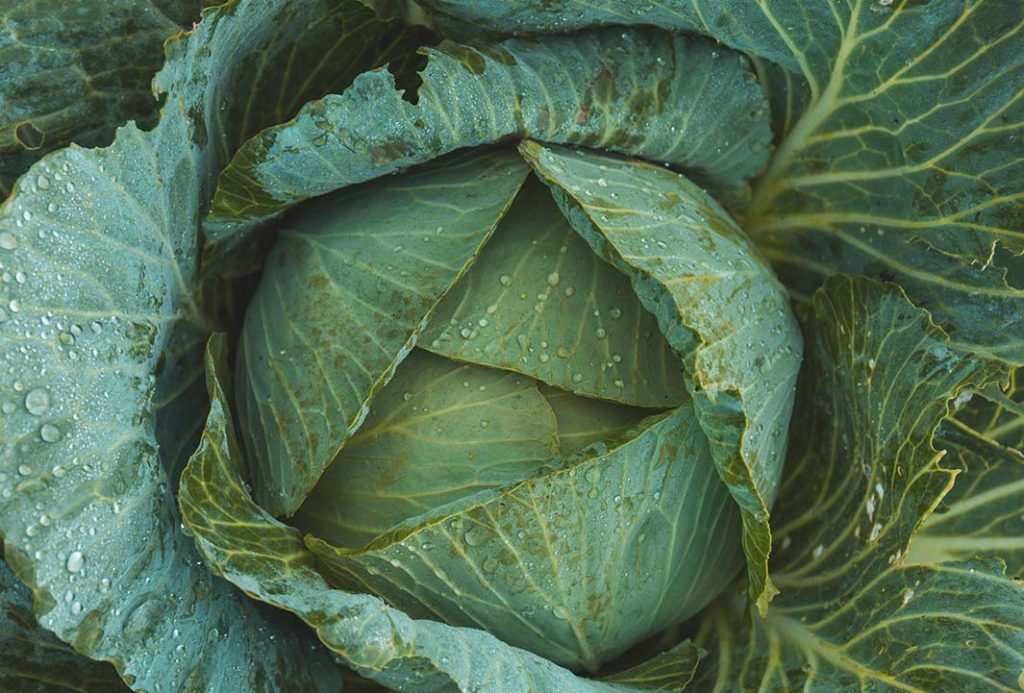
Cabbage is well known for its nutritional benefits, but also for its potential health advantages. Studies have demonstrated that including cabbage in your diet could potentially lower your risk of cancers such as colon and prostate. Cabbage contains antioxidants that protect cells against cell damage while strengthening your immune system.
Cabbage contains compounds that promote healthy digestion, helping alleviate symptoms associated with digestive disorders. Therefore, adding cabbage to your meals can boost both nutritional value and flavor in an effortless manner.
10. Cauliflower
When it comes to veggies, cauliflower may not be the first one to pop into your mind. But did you understand that this humble vegetable is a powerhouse of nutrients? Let’s discover the tremendous health benefits of cauliflower and why it deserves a place on your plate.
Firstly, cauliflower is a low-calorie vegetable; it’s full of vitamins and minerals. It’s rich in nutrients C, K, and B6, folate, potassium, and manganese. With this approach, every chew you take contributes to your usual health without including useless calories.
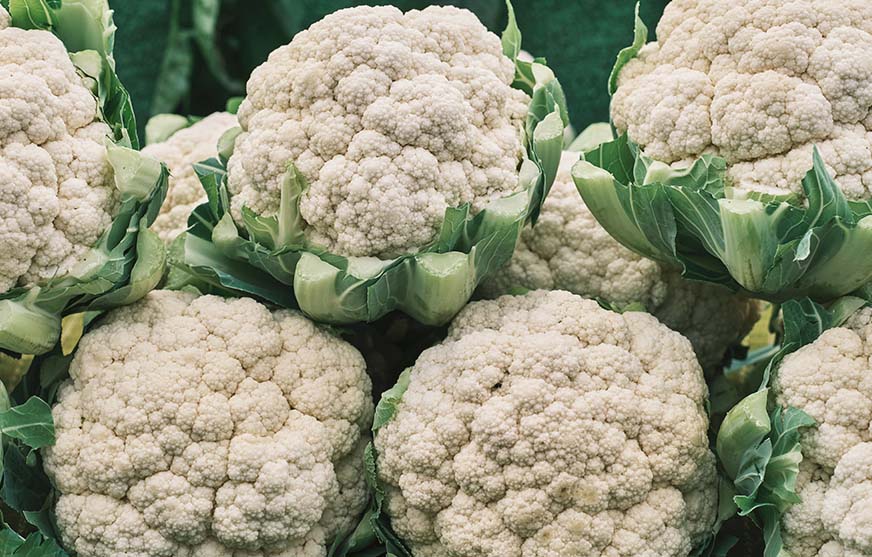
One brilliant component of cauliflower is its excessive antioxidant content. Antioxidants are like your frame’s little warriors, combating dangerous loose radicals and lowering inflammation. So, by munching on cauliflower, you’re giving your body’s defense device a boost.
But wait, there may be extra! Cauliflower is a brilliant supply of fiber, supplying approximately 10% of your daily wishes in only one cup. Fiber is important for a healthy digestive device, helping to prevent constipation and promote a healthy gut. Plus, it is able to keep you feeling full, which can be useful if you’re trying to control your weight.
Let’s not forget about approximate choline, an essential nutrient located in abundance in cauliflower. Choline performs a crucial function in brain improvement, the manufacturing of neurotransmitters, and preserving a healthy nervous system.
Unfortunately, many humans don’t get sufficient of this nutrient, making cauliflower a super addition to your weight-reduction plan.
Lastly, the versatility of cauliflower is sincerely excellent. From cauliflower rice to pizza crusts, this veggie may be an extraordinary low-carb alternative to your meals, making it even more appealing.
So, next time you are grocery shopping, do not neglect cauliflower. It’s no longer just a flexible component but also a nutritional powerhouse, making it a terrific addition to your eating regimen. Remember, although balance is fundamental, it is vital to enjoy a variety of meals for overall fitness.
Download: low-fat diet food list pdf
To complement your low-fat diet, it’s crucial to prioritize the inclusion of high-volume, low-calorie foods in your meals. These nutrient-dense options not only promote satiety and contentment but also contribute to your overall well-being. Additionally, remember to stay adequately hydrated, engage in consistent physical activity, and adopt a sustainable and balanced approach to eating for enduring success.
Making informed and mindful choices that support your unique body and lifestyle is key to successful weight Loss management.


